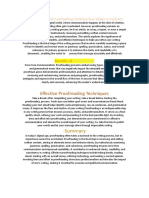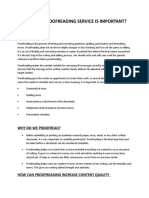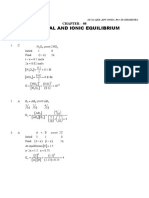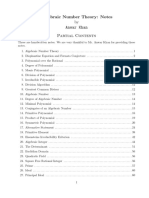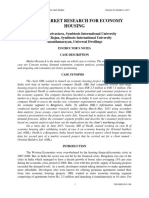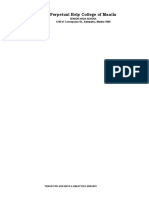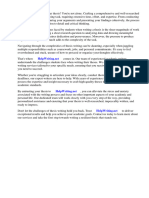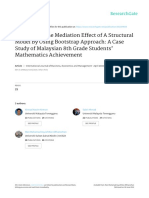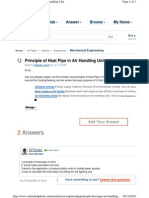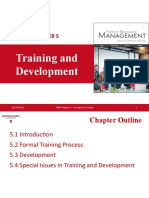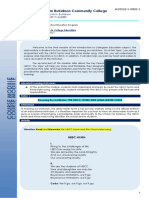0% found this document useful (0 votes)
125 views13 pagesProofreading Tips for Professionals
The document discusses key factors to consider when choosing a proofreading service, including expertise in the relevant field or subject matter, reputation and positive reviews from past clients, turnaround time that meets deadlines, transparent pricing structures, and additional services like feedback or support. Proofreading ensures clarity, coherence, accuracy, and adherence to formatting standards, enhancing credibility and the reader's understanding.
Uploaded by
Khrizia QuiatCopyright
© © All Rights Reserved
We take content rights seriously. If you suspect this is your content, claim it here.
Available Formats
Download as PDF, TXT or read online on Scribd
0% found this document useful (0 votes)
125 views13 pagesProofreading Tips for Professionals
The document discusses key factors to consider when choosing a proofreading service, including expertise in the relevant field or subject matter, reputation and positive reviews from past clients, turnaround time that meets deadlines, transparent pricing structures, and additional services like feedback or support. Proofreading ensures clarity, coherence, accuracy, and adherence to formatting standards, enhancing credibility and the reader's understanding.
Uploaded by
Khrizia QuiatCopyright
© © All Rights Reserved
We take content rights seriously. If you suspect this is your content, claim it here.
Available Formats
Download as PDF, TXT or read online on Scribd
/ 13
